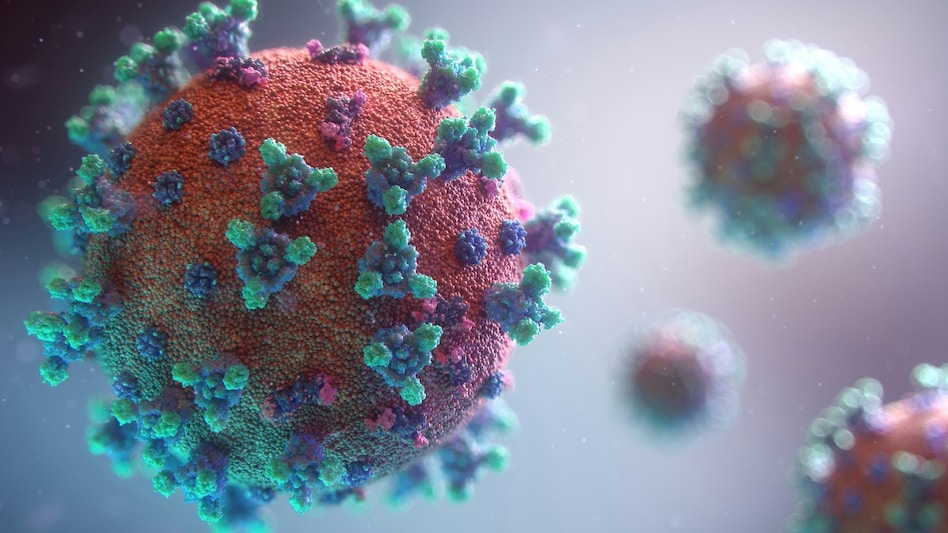 Health officials stress that India’s risk level remains low and there’s no cause for panic.
Health officials stress that India’s risk level remains low and there’s no cause for panic.
 Health officials stress that India’s risk level remains low and there’s no cause for panic.
Health officials stress that India’s risk level remains low and there’s no cause for panic.India’s COVID-19 count remains low but not invisible with 257 active cases reported as of May 19, and a fresh reminder that the virus is far from over.
Health authorities are urging renewed vigilance as the ultra-transmissible JN.1 variant quietly drives new infections.
Over the past week (May 12–19), India logged 164 new COVID-19 cases, mostly in Kerala (95), Tamil Nadu (66), and Maharashtra (56). The good news: nearly all infections are mild, with no spikes in hospitalization or severe disease. But the variant responsible—JN.1—is raising eyebrows.
A descendant of the Omicron BA.2.86 lineage, JN.1 has rapidly become a dominant global strain due to its high transmissibility and potent immune evasion. A specific mutation (L455S) in its spike protein enhances its ability to infect human cells, making it 1.5 times more transmissible than XBB.1.5, and significantly more infectious than other recent subvariants like BA.2.86 and EG.5.1.
India’s current spike is linked to JN.1, with newer subvariants LF.7 and NB.1.8—already surging in parts of Asia—also detected. Though these strains don’t cause more severe illness than previous Omicron types, their ability to spread faster and bypass prior immunity makes them harder to contain.
Health officials stress that India’s risk level remains low and there’s no cause for panic. Hospitalizations are flat, and the few recent deaths—such as those in Mumbai—were attributed to comorbid conditions, not COVID-19 itself.
Still, authorities are watching closely, especially with neighboring countries like Singapore and Hong Kong seeing sharp rises in cases.
In response, updated guidelines urge continued precautions: stay current on vaccinations and booster shots, wear masks in crowded or poorly ventilated areas, practice hand hygiene, and isolate if symptomatic. Special caution is advised for the elderly and immunocompromised, who remain most vulnerable.
There are no new treatments targeting JN.1 specifically. Current care relies on familiar antivirals like Paxlovid, remdesivir, and molnupiravir. Updated mRNA vaccines—both bivalent and monovalent—still offer strong protection against severe disease, though they may be less effective in preventing infection outright.
Supportive care remains unchanged: rest, hydration, and symptom management. No variant-specific drugs have been approved, but global surveillance is ongoing to detect any shifts that might require new countermeasures.
For now, the message is clear: the threat is mild—but not gone.